Introduction
Quail eggs, though diminutive in size, pack a punch in flavor and nutritional value, making them a sought-after ingredient in global cuisines. From elegant appetizers to vibrant salads, these tiny treasures offer a delicate texture and a rich, earthy taste. However, achieving the ideal balance between a runny yolk and a fully set white requires precision—a skill that hinges on understanding the exact boiling time. This article delves into the science and craft of boiling quail eggs, exploring variables that influence cooking time, step-by-step methods, and expert tips to elevate your culinary prowess. Whether you’re a novice cook or a seasoned chef, mastering the nuances of boiling quail eggs will transform your dishes into culinary masterpieces.
The Anatomy of a Quail Egg
Before diving into cooking techniques, it’s essential to grasp the unique structure of quail eggs. Unlike chicken eggs, quail eggs have a thinner shell, a creamier yolk, and a higher yolk-to-white ratio. This composition affects heat distribution during cooking. The shell’s thinness makes them more susceptible to cracking if mishandled, while the creamy yolk requires careful timing to avoid overcooking. Additionally, quail eggs are smaller, typically weighing between 7–11 grams, compared to chicken eggs’ 50–70 grams. This size difference directly impacts boiling time, necessitating a shorter cooking duration.
Factors Influencing Boiling Time
Several variables determine how long to boil quail eggs to achieve the desired consistency. Understanding these factors ensures consistent results:
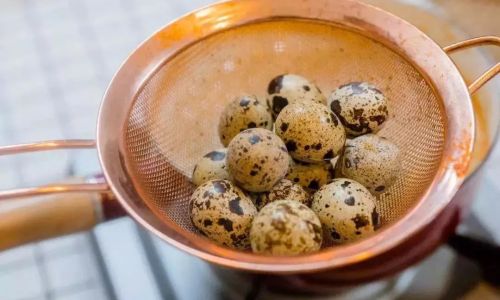
- Egg Size and Freshness: Fresher eggs have tighter whites and yolks, which can affect cooking time. Larger quail eggs may require an extra 30 seconds to 1 minute.
- Altitude: At higher elevations, water boils at lower temperatures, extending cooking time. Adjustments may be necessary if cooking above 3,000 feet.
- Starting Temperature: Eggs taken directly from the refrigerator will cook slower than those at room temperature.
- Desired Consistency: A soft-boiled egg with a runny yolk requires less time than a hard-boiled one with a fully set yolk.
Step-by-Step Guide to Boiling Quail Eggs
Preparation
- Selecting Eggs: Choose eggs with intact shells, free of cracks or discoloration. Freshness is key; older eggs may peel easier but have looser whites.
- Room Temperature: Remove eggs from the refrigerator 30 minutes before cooking to minimize temperature shock, reducing cracking risk.
- Water Quantity: Use a pot large enough to hold eggs in a single layer. Cover them with at least 1 inch of cold water to ensure even heating.
Boiling Process
-
Stovetop Method:
- Place eggs in a saucepan and cover with cold water.
- Bring water to a rolling boil over high heat.
- Once boiling, reduce heat to maintain a gentle simmer.
- Set a timer based on desired doneness (see timing chart below).
- Immediately transfer eggs to an ice bath to halt cooking.
-
Electric Kettle Method:
- Boil water in an electric kettle, then pour over eggs in a heatproof bowl.
- Let sit for the desired time, then transfer to ice water.
-
Instant Pot Method:
Add 1 cup water to the Instant Pot, place eggs on a trivet, and cook at low pressure for 2–3 minutes, followed by a quick release.
Timing Chart
- Soft-Boiled (Runny Yolk): 2–2.5 minutes
- Medium-Boiled (Jammy Yolk): 3–3.5 minutes
- Hard-Boiled (Fully Set Yolk): 4–5 minutes
Alternative Cooking Techniques
Steaming
Steaming quail eggs offers gentler, more even cooking. Place eggs in a steamer basket over boiling water, cover, and steam for 4–6 minutes, depending on desired doneness.
Sous-Vide
For precision, vacuum-seal eggs and cook in a water bath at 63°C (145°F) for 45 minutes (soft-boiled) or 65°C (149°F) for 1 hour (hard-boiled).
Oven-Baking
Preheat the oven to 325°F (163°C), place eggs in a muffin tin, and bake for 10–12 minutes. This method yields consistent results but requires monitoring.
Troubleshooting Common Issues
Cracked Shells
- Cause: Rapid temperature changes or rough handling.
- Solution: Bring eggs to room temperature before cooking and add a tablespoon of vinegar to the water to help coagulate proteins if cracks occur.
Rubbery Whites
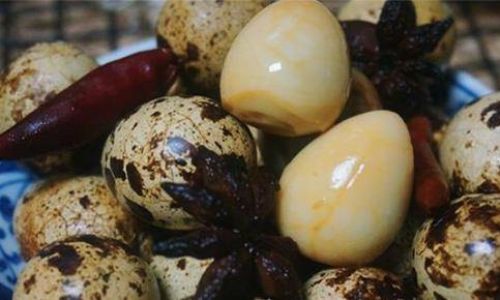
- Cause: Overcooking.
- Solution: Reduce boiling time by 30 seconds and shock eggs immediately in ice water.
Difficult Peeling
- Cause: Fresh eggs have membranes clinging to the shell.
- Solution: Use slightly older eggs or add baking soda to the water to raise pH, loosening the shell.
Peeling and Serving Tips
Peeling Technique
- Gently tap the egg on a hard surface to crack the shell.
- Roll between your palms to loosen the membrane.
- Peel under cool running water to wash away debris.
Serving Suggestions
- Soft-Boiled: Serve in egg cups with toast soldiers for dipping.
- Hard-Boiled: Halve and garnish salads, ramen, or charcuterie boards.
- Deviled Quail Eggs: Top with smoked paprika or caviar for an elegant hors d’oeuvre.
Storage and Shelf Life
- Uncooked: Store in the refrigerator for up to 4 weeks.
- Cooked: Keep in an airtight container for up to 1 week.
- Freezing: Not recommended, as textures become rubbery.
Nutritional Benefits
Quail eggs are a nutritional powerhouse, offering:
- Protein: 6 grams per serving (3 eggs).
- Vitamins: B12, riboflavin, and folate.
- Minerals: Iron, phosphorus, and selenium.
- Choline: Essential for brain health.
Creative Recipes and Uses
Quail Egg Crostini
Top toasted baguette slices with whipped ricotta, sliced hard-boiled quail eggs, and a drizzle of truffle oil.
Ramen Upgrade
Add a soft-boiled quail egg to a bowl of ramen for a luxurious touch.
Scotch Quail Eggs
Wrap sausage meat around hard-boiled eggs, coat in breadcrumbs, and fry until golden.
Pickled Quail Eggs
Marinate peeled eggs in a brine of vinegar, sugar, and spices for a tangy snack.
Cultural Significance
Quail eggs hold cultural importance in Asian, European, and Middle Eastern cuisines. In Japan, they’re a symbol of fertility and prosperity, often served during New Year celebrations. In France, they’re a gourmet addition to salads and charcuterie boards. Understanding these cultural contexts adds depth to their culinary application.
Sustainability and Ethics
Quail farming is often more sustainable than poultry farming, as quails require less space and feed. Opt for free-range or organic eggs to support ethical practices.
Conclusion
Boiling quail eggs to perfection is an art that combines science, patience, and practice. By mastering variables like size, altitude, and desired consistency, you can consistently achieve results that delight the palate. Whether you prefer a runny yolk for dipping or a fully set yolk for garnishing, the techniques outlined here empower you to elevate your dishes. Experiment with recipes, embrace creativity, and savor the culinary versatility of quail eggs. With this guide in hand, you’re now equipped to impress guests and satisfy cravings with confidence. Happy cooking!
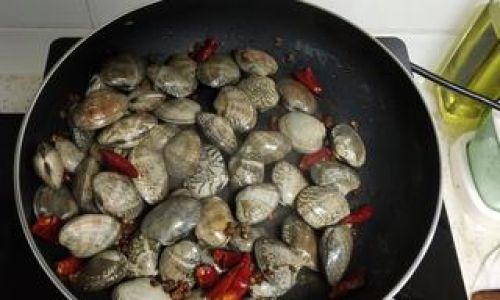
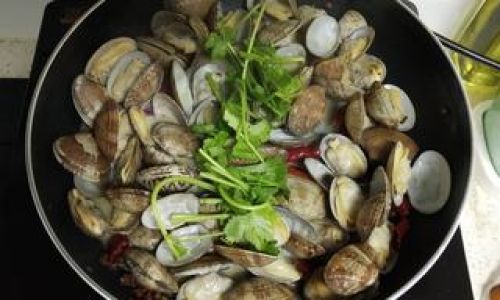
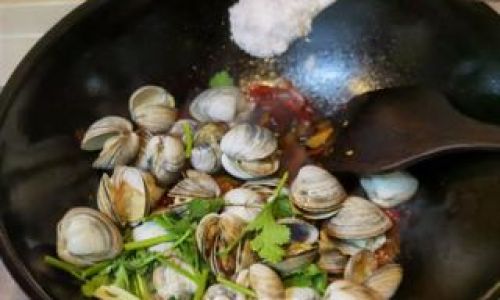
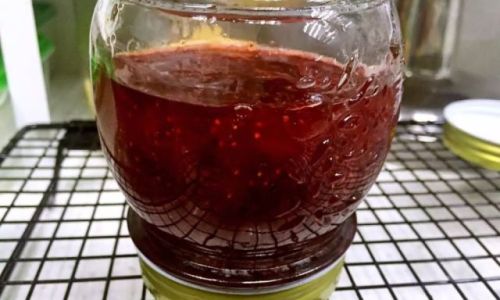
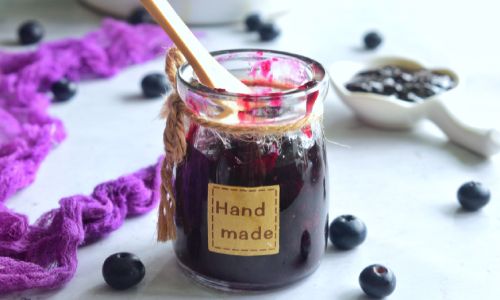
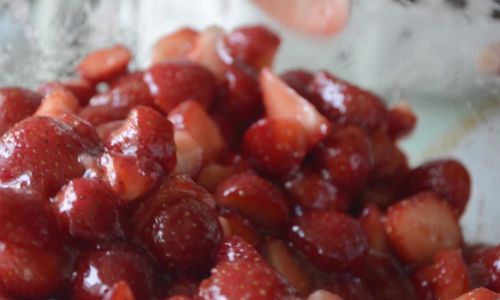
0 comments